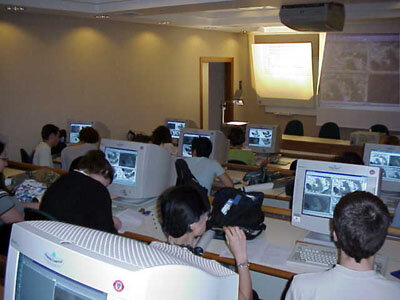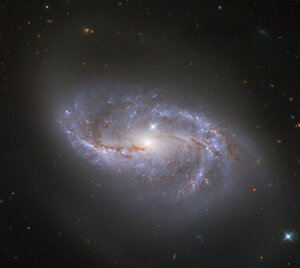Web content by satellite multicast is gaining popularity
A new version of Sat@Once, a free service for delivering popular web content by satellite, is now available. The service has increased its users to over 50 000.
Sat@Once, developed through a joint project conducted by the European Space Agency (ESA), Luxembourg-based SES-Astra and Italy's CSP, works by allowing users to capture a preview of the most popular websites and making them available offline.
Users can receive the web content on the basis of their preferences. Pages are delivered at high speed to their home PC through an ordinary satellite-TV dish. A new version of Casablanca, the system's content delivery software, has also been released.
SES Astra’s Mr Vu Tien Khang, project manager for Sat@Once, commented on the rise in popularity, “We have progressed very quickly, I am immensely pleased with our success”. Users currently number 52 000 compared to 31 000 in January 2003. In the six-month period after its mid-2003 launch, Sat@Once clocked 13 000 users.

Users select categories of interest on the Sat@Once portal with keywords. Preferences are kept private. A local PC automatically determines and filters huge amounts of broadcast data (20GB a day). The content consists of the most popular parts of the Internet based on 'votes' made by an audience of users.
The selected content is pre-fetched and made available for offline browsing. Links that are not sent by satellite can be later retrieved seamlessly using a standard Internet connection.

Two pilot studies have been successfully concluded in Italy's Piedmont region. The trials aimed to establish to what extent the technology could offer a solution to organisations with a need to share information and to distribute large files like data, video, audio or graphics.
The technology was especially useful in mountainous Piedmont where a broadband connection is often not possible. During the trials, a number of schools and public offices used the technology. Schools accessed web materials and courseware; public offices were able to share databases.
Content delivery takes place through the client interface Casablanca. The new software version offers to take full advantage of two new channels that have recently been added. Three channels will now serve Europe: One for German users, another Italian and a third for the rest of Europe.
All that is needed is a standard DVB-satellite dish - the kind normally used for receiving satellite television broadcasts - a PC equipped with a DVB/IP satellite reception card and Casablanca client (7.1 MB), available for download free on the Sat@Once website.















 Germany
Germany
 Austria
Austria
 Belgium
Belgium
 Denmark
Denmark
 Spain
Spain
 Estonia
Estonia
 Finland
Finland
 France
France
 Greece
Greece
 Hungary
Hungary
 Ireland
Ireland
 Italy
Italy
 Luxembourg
Luxembourg
 Norway
Norway
 The Netherlands
The Netherlands
 Poland
Poland
 Portugal
Portugal
 Czechia
Czechia
 Romania
Romania
 United Kingdom
United Kingdom
 Slovenia
Slovenia
 Sweden
Sweden
 Switzerland
Switzerland




























